The most valuable part of the First National Census on the Risk of Natural Disasters is its comprehensive nature, which is aimed at responding to many types of disaster by using data collated from various industries, said a senior official who led the implementation of the survey.
"Investigation and assessment based on just a single disaster or industry would make it impossible for us to fully assess disaster risks nationwide," said Yuan Yi, deputy executive leader of the census task force at the State Council, China's Cabinet.
For example, if the meteorological authorities are aiming to issue warnings and anticipate the cost of heavy rain, water volume shouldn't be the only factor under consideration.
Instead, other things should also be taken into account, such as population distribution, housing and the strength of levees, said Yuan, quoted by Beijing News.
Furthermore, the damage caused by disasters is not just related to natural factors, but also to social factors, she said. Yuan added that the census and assessments have highlighted a combination of natural risk factors and social factors, such as population, housing density, schools, hospitals and transportation.
As such, the census task force has rigorously attempted to ensure the accuracy of the statistics garnered from various sectors.
"During the investigative process, we first ordered grassroots staff members to check the data they had collected. Only data that meets our designed standards can be inputted into the national online platform," said Yuan, who is also deputy head of the risk-monitoring and integrated disaster-reduction department at the Ministry of Emergency Management.
For example, experts must decide whether the data — drawn from county — to city-level sources — is accurate when it is reported, she said, noting that some data will be omitted during the verification process if it is found to be significantly different from the average or reasonable range.
Yuan said that despite being collected in almost every part of China, statistics cannot directly tell local policymakers which parts of their cities are at high risk in the event of a disaster, and only a comprehensive assessment based on the data is capable of performing that role.
The main task of the census was to help governments at all levels produce better urban planning in accordance with an all-around assessment of disaster risks based on the data collected, Yuan said.
"If we want to figure out the possibility of a certain disaster and its probable cost, we can conduct a combined analysis of various factors, such as potential harm, the buildings or public facilities it would damage, and the distribution and vulnerability of the local population," she said.
"That allows us to devise specific disaster-reduction and urban planning measures that will benefit local economic development."
She added that the process allows local governments to exclude some areas with high potential disaster risks when deciding where to build major urban facilities.
The census task force is also considering conducting periodic investigations, such as once every five or 10 years, according to Yuan.
"At the same time, it is hoped that important data in the survey can be updated regularly," she said.










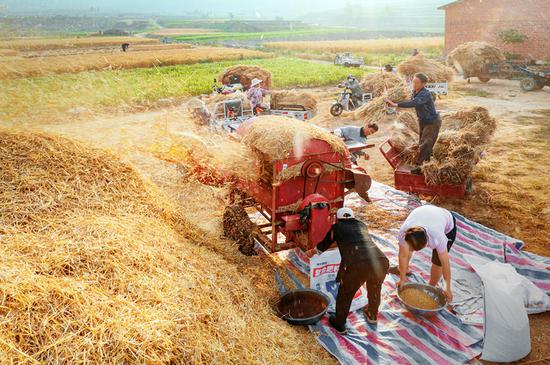
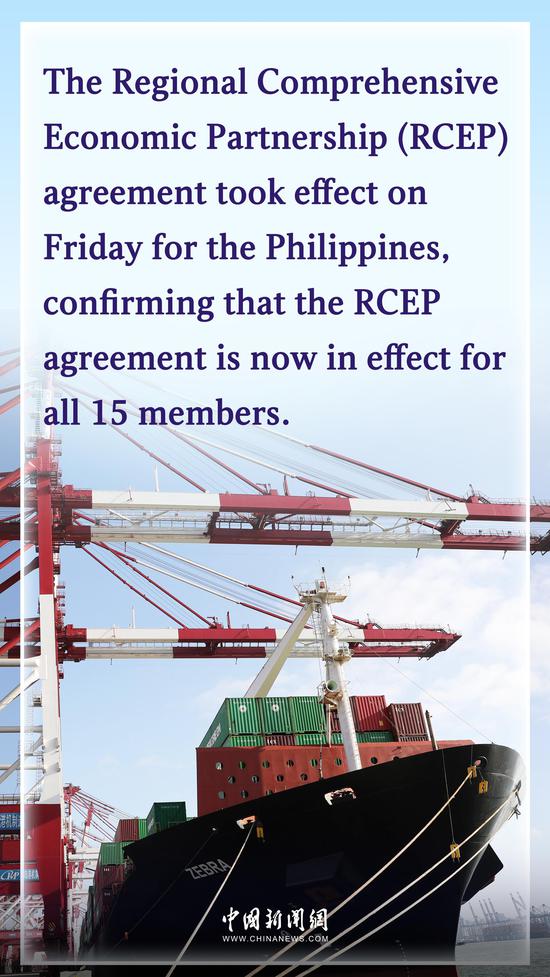





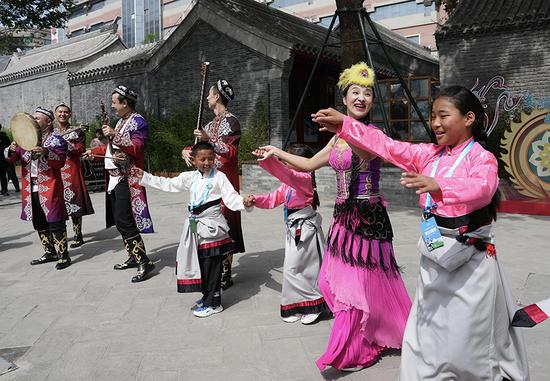




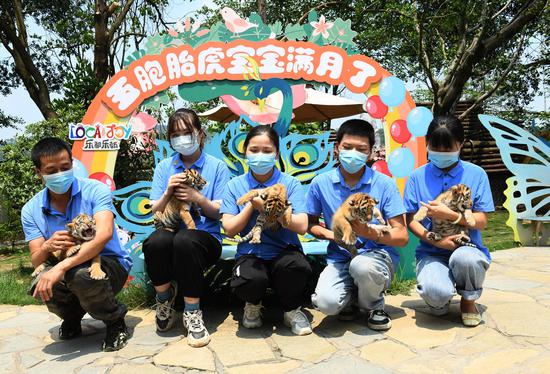







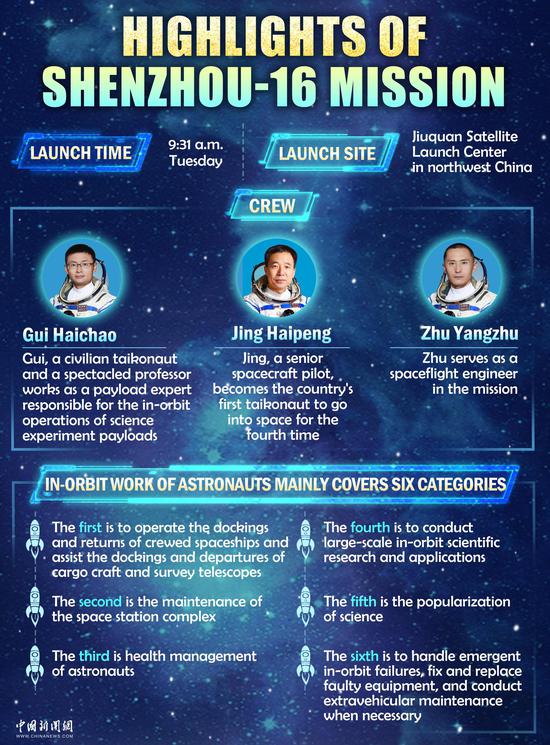




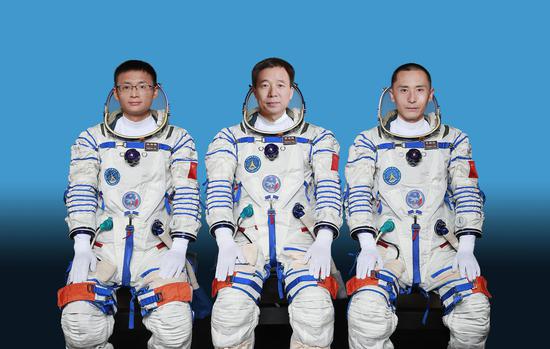














 京公网安备 11010202009201号
京公网安备 11010202009201号